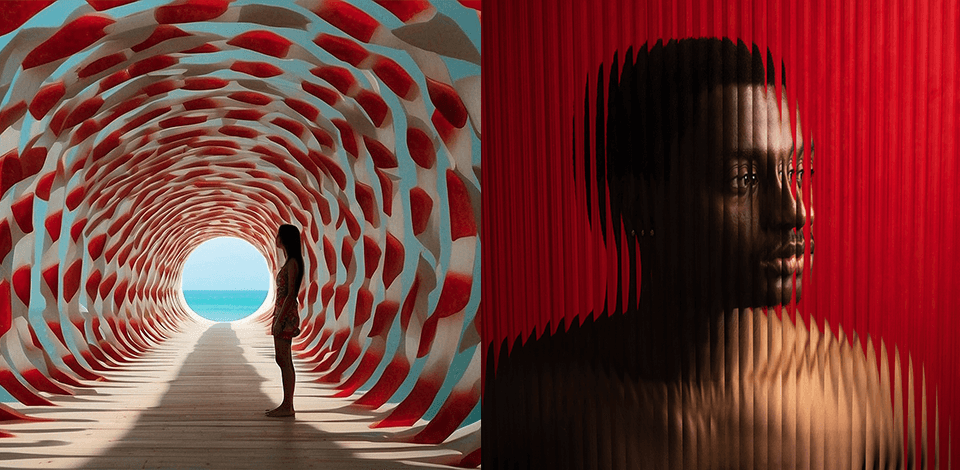
In recent years, many photography optical illusions like The Dress, a photo where a woman seems to have no legs, have appeared on the web.
If you are curious to see more similar pics, check this article that contains optical illusions and mind-blowing scenes. With the help of these images, you’ll manage to understand how your brain perceives and interprets colors, peripheral vision, size, and more.
Although optical illusion and perspective photography are different notions, they often interrelate resulting in original and puzzling pics.
Optical illusion. This is an optical phenomenon that deceives the human eye, causing a person to perceive something differently from what is. It makes the brain interpret the image in an absolutely new way and see a false picture.
Optical illusions appear due to a combination of many factors like shapes, colors, patterns, or shadows in an image. An "impossible triangle" or the "Rubin vase" is one of the most famous samples of this interesting phenomenon.
Perspective photography. This is all about the sense of depth or spatial relationships between objects in the photo. This technique uses vanishing points and leading lines to create scalable and dimensional pics.
This type of photography is ideal for conveying depth and distance and involves a viewer in the scene, which is almost impossible to achieve with traditional studio photography. Imagine a picture of a long road, the bordering lines of which appear to converge in the distance creating a strong sense of depth.

It is possible to create such a photo on purpose. There are many examples when people intentionally substitute their face, hands, or feet for a certain picture. But it is obvious that this particular photo was taken by accident, creating the illusion of a walking advertising banner.
Looking at this picture, one cannot define at once how many zebras it features. Such a perfectly timed photo looks extraordinary and eye-grabbing.
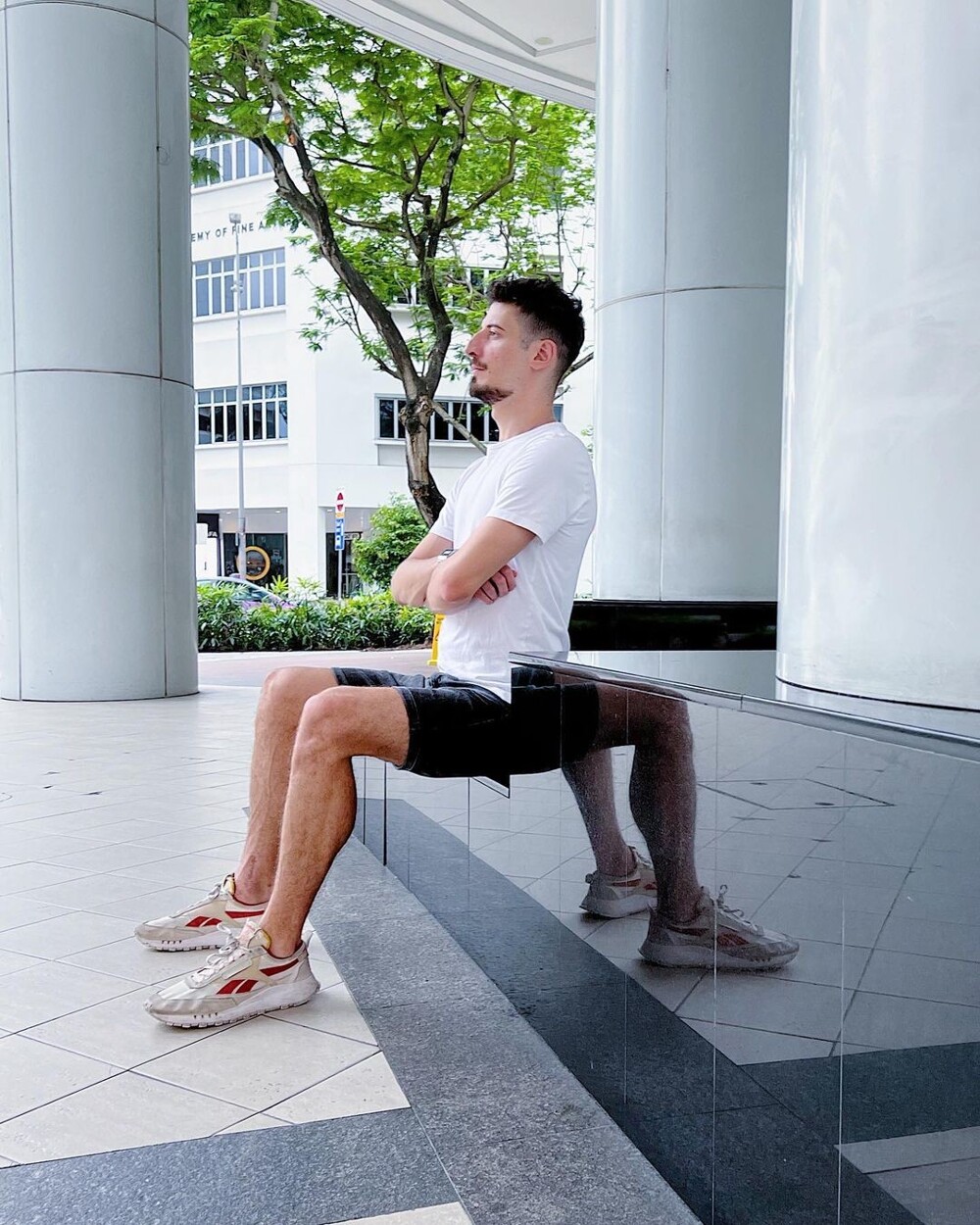
This reflection photo is a funny optical illusion that features a sitting man and his reflection making him look like a spider resting under the sun.
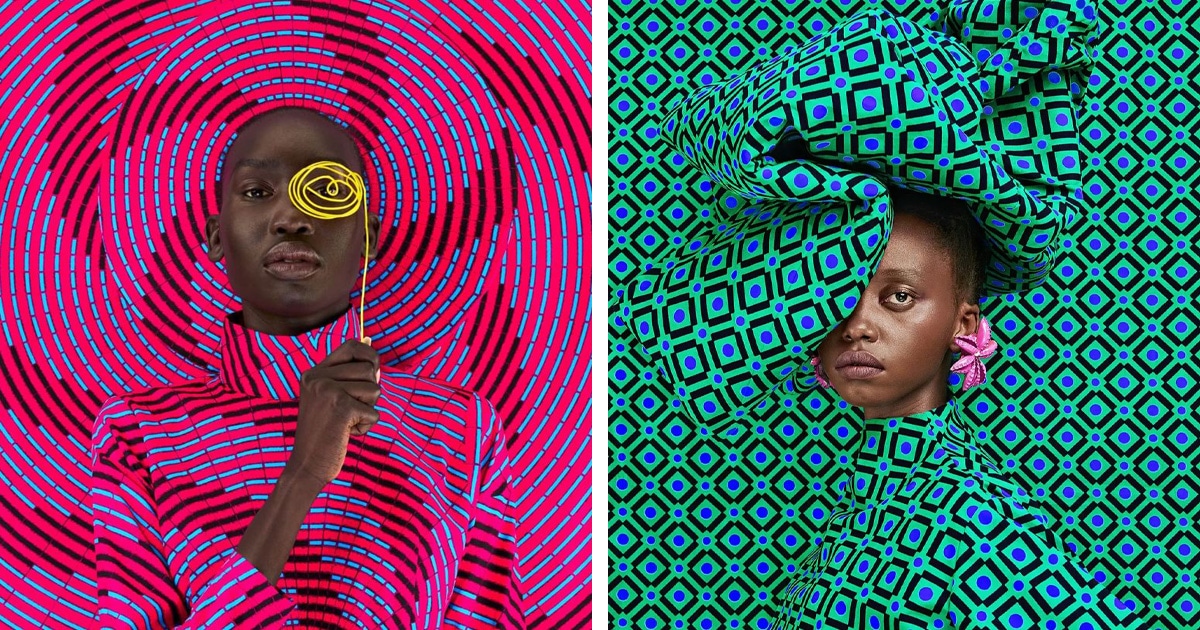
At first glance, this photo only features a model’s head, but actually, this is not true. Such a colorful pattern on the clothes and the background gives depth and creates the illusion of shimmering and flashing elements.
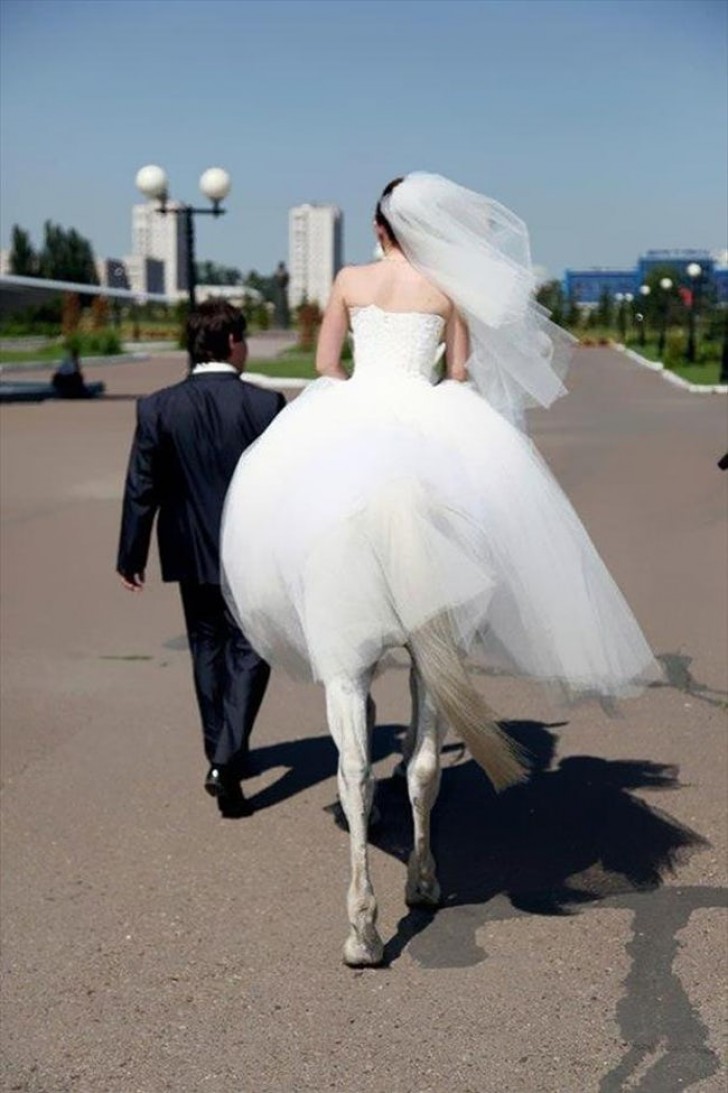
This funny wedding photo is very popular on the web. This is actually a classic example of optical illusion photography, which not only brings smiles to our faces but also evokes sympathy, as the bride looks ridiculously spoiling the romantic atmosphere.
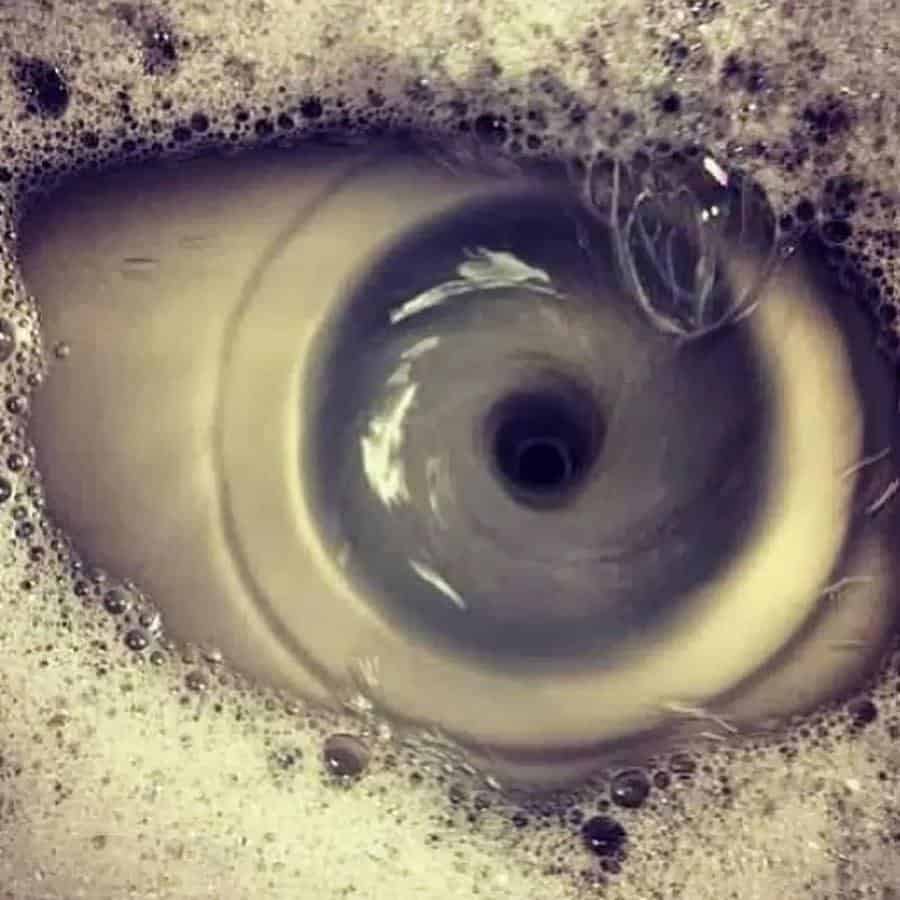
This optical illusion looks spine-chilling at first glance, but under close examination, a viewer will understand that this is not the eye of a giant but a foam circle around the drain. It is great that even novice photographers won’t have trouble repeating this experimental photo idea.

One cannot define at once whether the picture features a man with a dog head or a man without a head and the dog. This strange curve of the dog's head creates such a weird optical illusion.

This interesting photo was published on Twitter in May 2018. It may appear to a person that an image depicts two colleagues laughing and hugging. The guy is wearing a light blue shirt, white skinny jeans, and black heels, and the woman sits in a chair wearing a plaid manly shirt. But, if you look closely, it becomes obvious to whom those legs in heels belong, and who is actually hugging whom.

Hobbyist photographers and average users often recreate such levitation photography ideas. It is a great optical illusion, as it seems that indeed the child and her father are flying in the air.
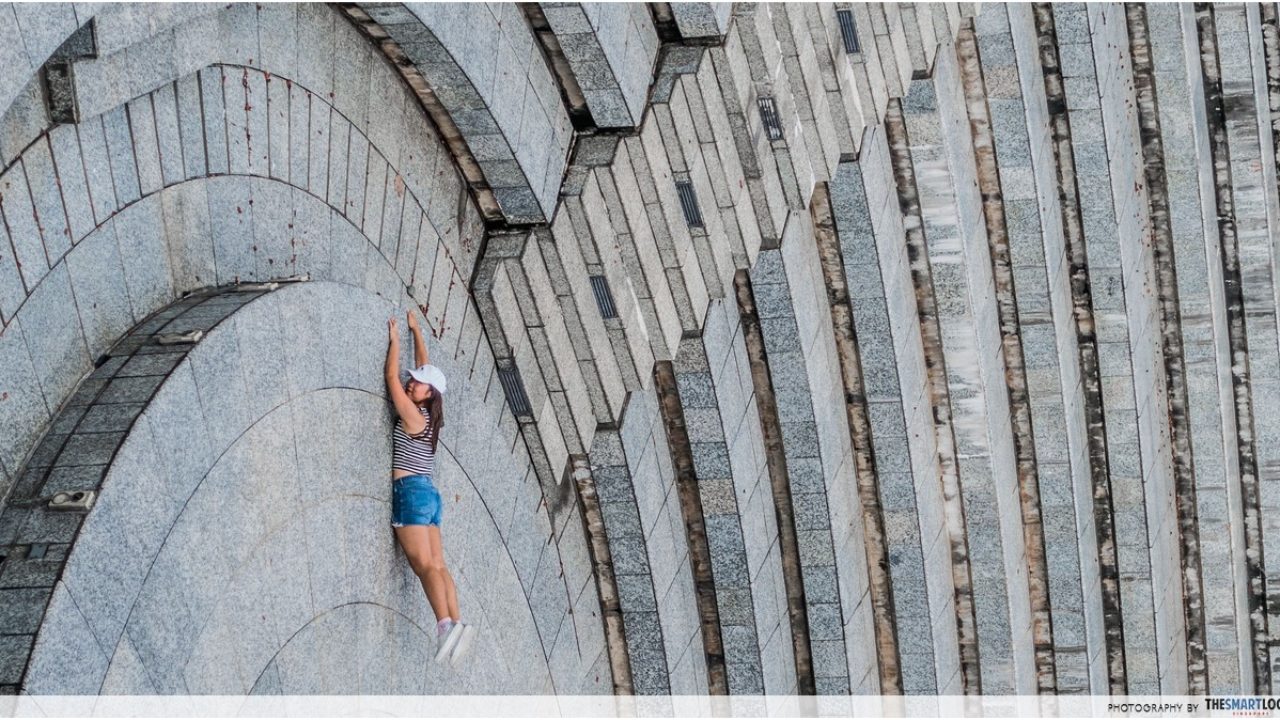
This sample of optical illusion photography looks like a shot from an action movie where a character clings to the ledge of a building with the last of his strength, a couple of seconds before falling. A photographer used a special point of view to produce this spectacular photo.
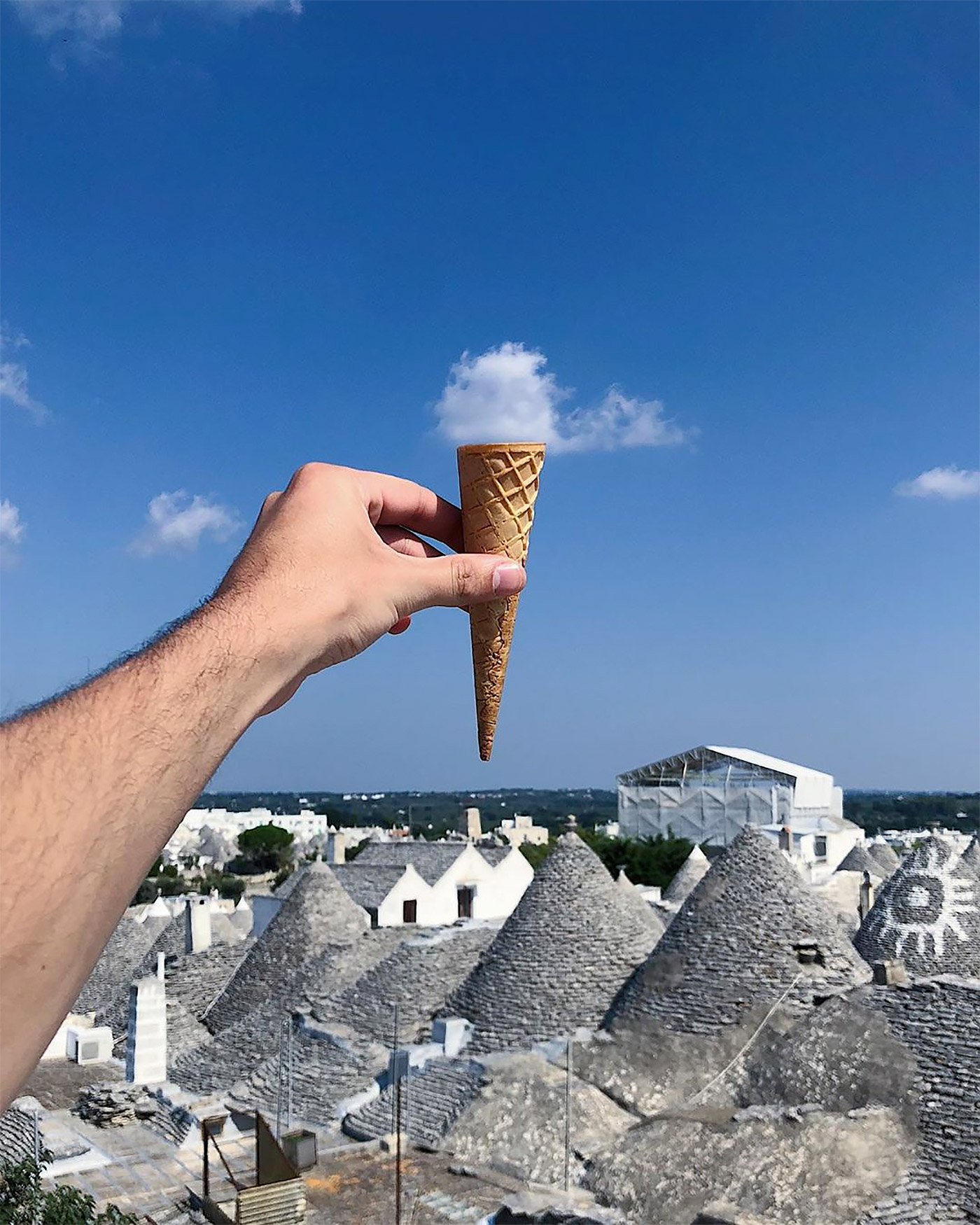
To realize this photo manipulation idea, the photographer incorporates natural objects as an element of the image that is exceedingly popular on Instagram. It is interesting and not difficult to turn into life.
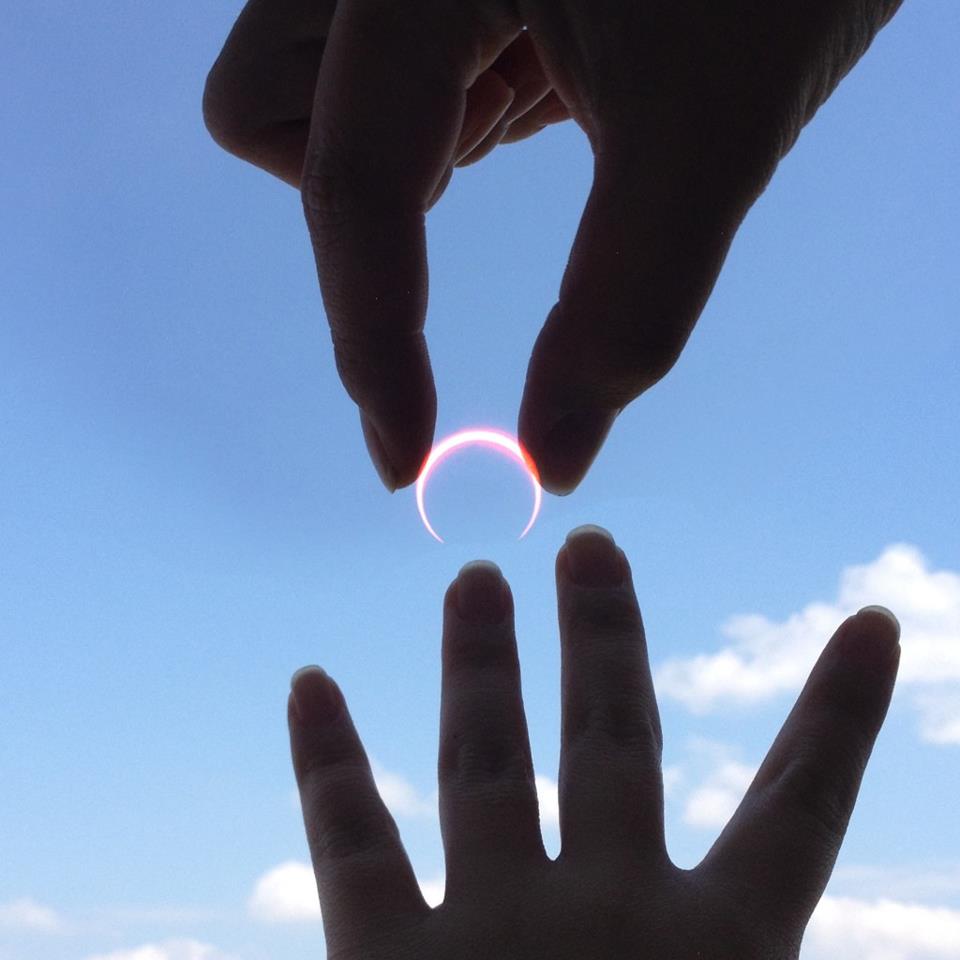
Photographers often use a moon or sun to create amazing optical illusions. This photo displays how a crescent can turn into a ring. With a little creativity and the right angle, an amazing result is guaranteed, even if you use only camera for amateurs or even your smartphone for taking a pic.

Take a toy and place it in the foreground, while the people you want to shoot should pose far away. Such compositions look interesting enough, creating the illusion that the toy character is much larger and, like this dinosaur, is hunting a group of people.
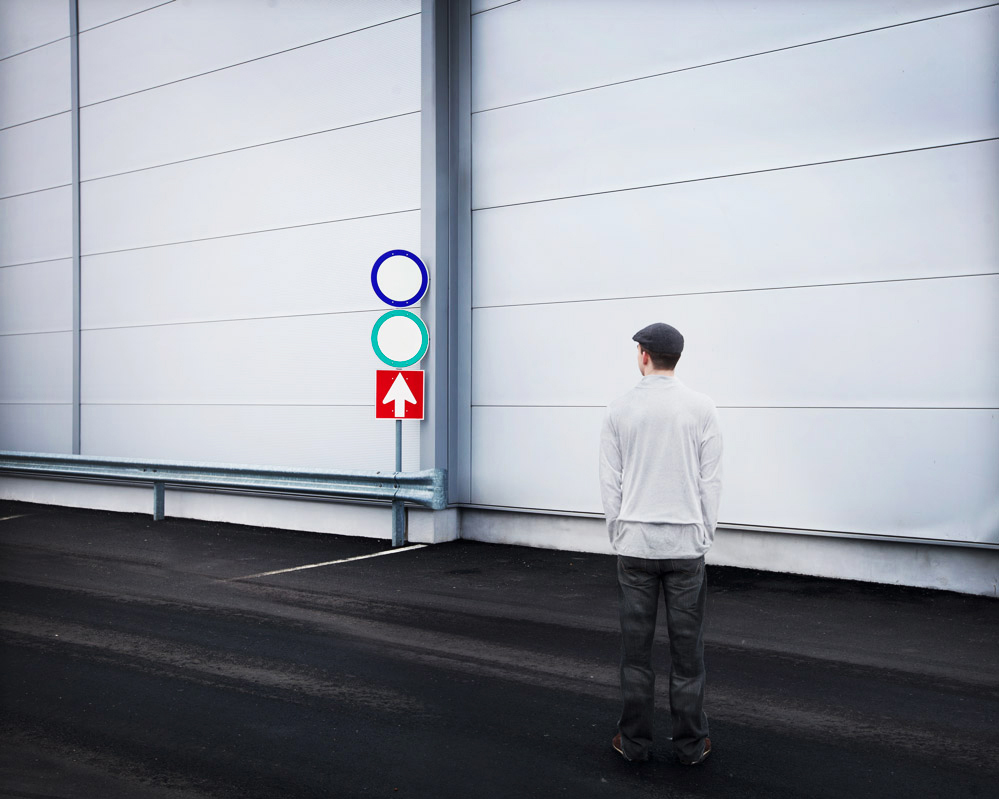
Wearing the clothes, the color of which is identical to the color of the background, will let you create amazing photography optical illusions. Such photos are interesting to look at, especially if the background is uneven, and you managed to pick up the same pattern on the clothes.

If you are into funny photos, this idea is perfect. Head to the playground and try to create the illusion of a huge tongue, using a red sledge.

Find a building with an arch in your city to create optical illusion photography examples like this. Just take the metal part of the light bulb and choose the desired angle. With a little imagination, one can shoot similar photos with other architectural objects.

Another idea for creating a photo illusion with architectural landmarks is to find a suitable entrance or arch to imitate a keyhole.

Interesting optical illusions can be created not only from toys that look like a full-grown person. Conversely, if you shoot from a height, you can create an illusion where real objects, such as the bus and the bus stop in this example, will look like toys.
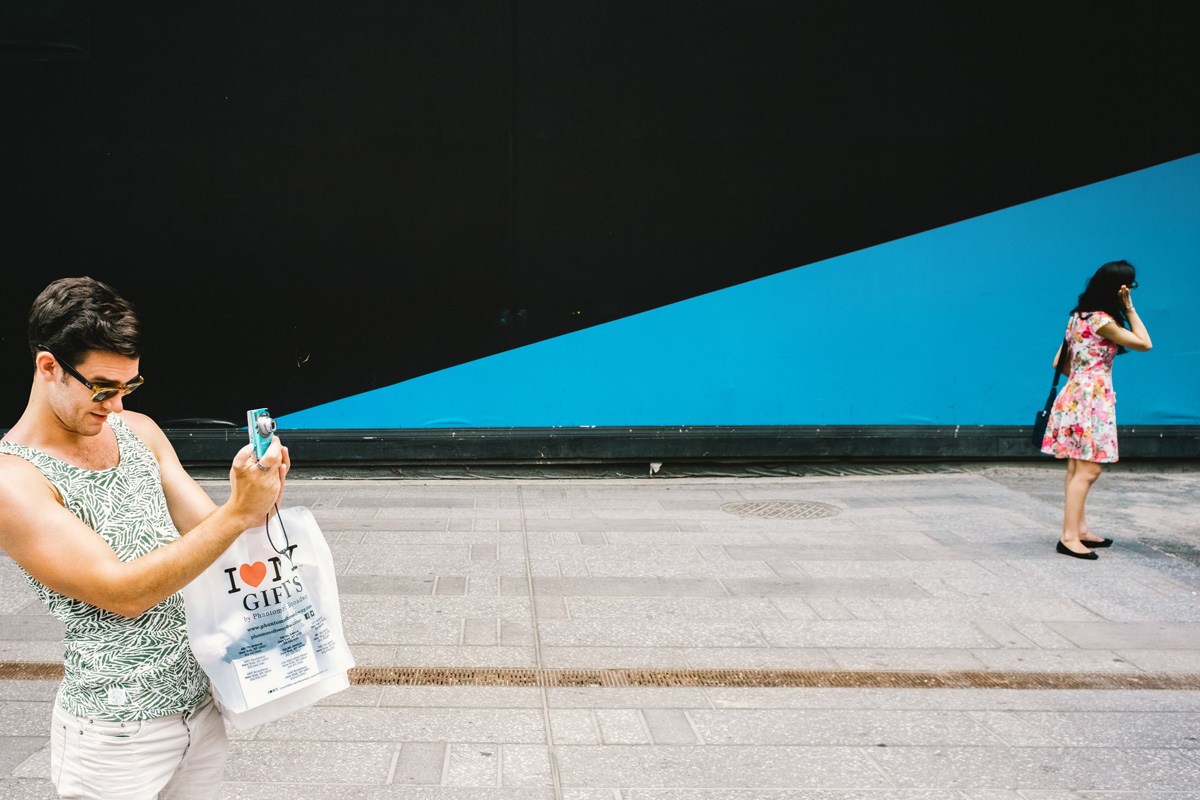
Geometry in photography also allows the creation of stunning optical illusions. The resulting composition is interesting and looks professional.
If you are passionate about optical illusion photography and you want to become a professional in this field, you can take a look at the works of famous photographers who create in this genre.

Forced perspective is one of the characteristic features of Hugo Suissas' photography. This technique consists of the following: a photographer uses a special strategy to arrange and shoot the objects to add depth and dimension to images. By playing with the scale and angle, Suissas manages to create extraordinary shots to bewilder viewers.
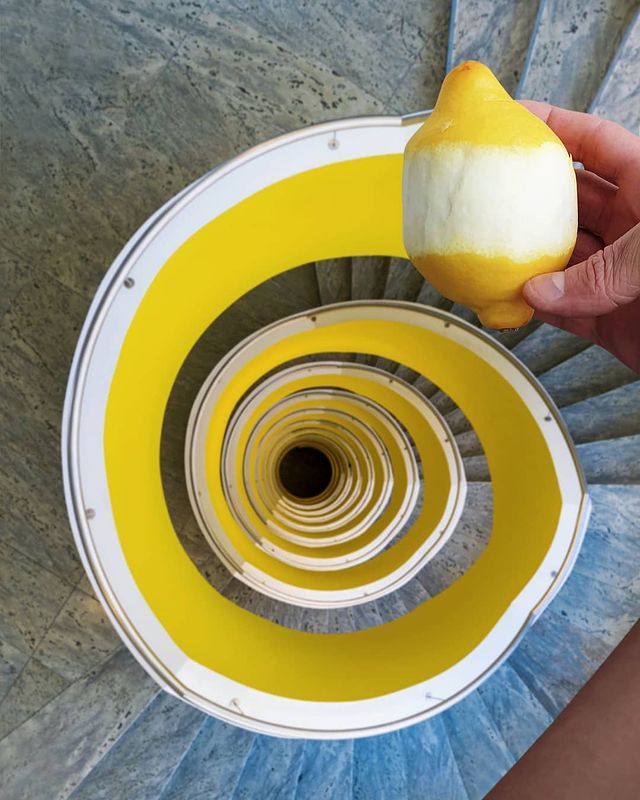
Suissas is also prone to experimenting with various tricks like mirroring, reflection, and distortion, multiple layers to make his images complex and more eye-grabbing. These techniques make the pics more dynamic, memorable, and impressive. He uses symmetry, and surreal juxtapositions to exaggerate the effect.

In his works, Silva tinkers with perspective, scale, and spatial relationships to craft eye-grabbing scenes. Paying attention to every detail and creating a fascinating story through pics, the photographer turns usual scenes and objects into original visual puzzles to awaken viewers’ imagination.

Like other notable photographers, Silva uses forced perspective where objects are arranged in a way to add dimensionality to images. By experimenting with the size and position of elements in the frame, he crafts scenes that challenge viewers' understanding of space and scale.

Felice Varini is a renowned Swiss artist known for his meticulously crafted optical illusion artworks. Large-scale and site-specific installations are characteristic features of his creative work. He executes each project with precision and attention to detail. However, the artist does not shoot his illusions but paints them on architectural surfaces such as walls, ceilings, and floors. He prefers using various geometric shapes like circles, squares, and triangles.

Varini is regarded as a master of anamorphosis - a perspective technique that involves creating an image that from one angle looks distorted and from another – well-proportioned. In such a way, Varini manages to create the illusion of three-dimensional forms & rhythm in photography raising above flat surfaces. So, the artist engages viewers and induces them to contemplate the artwork from various perspectives.